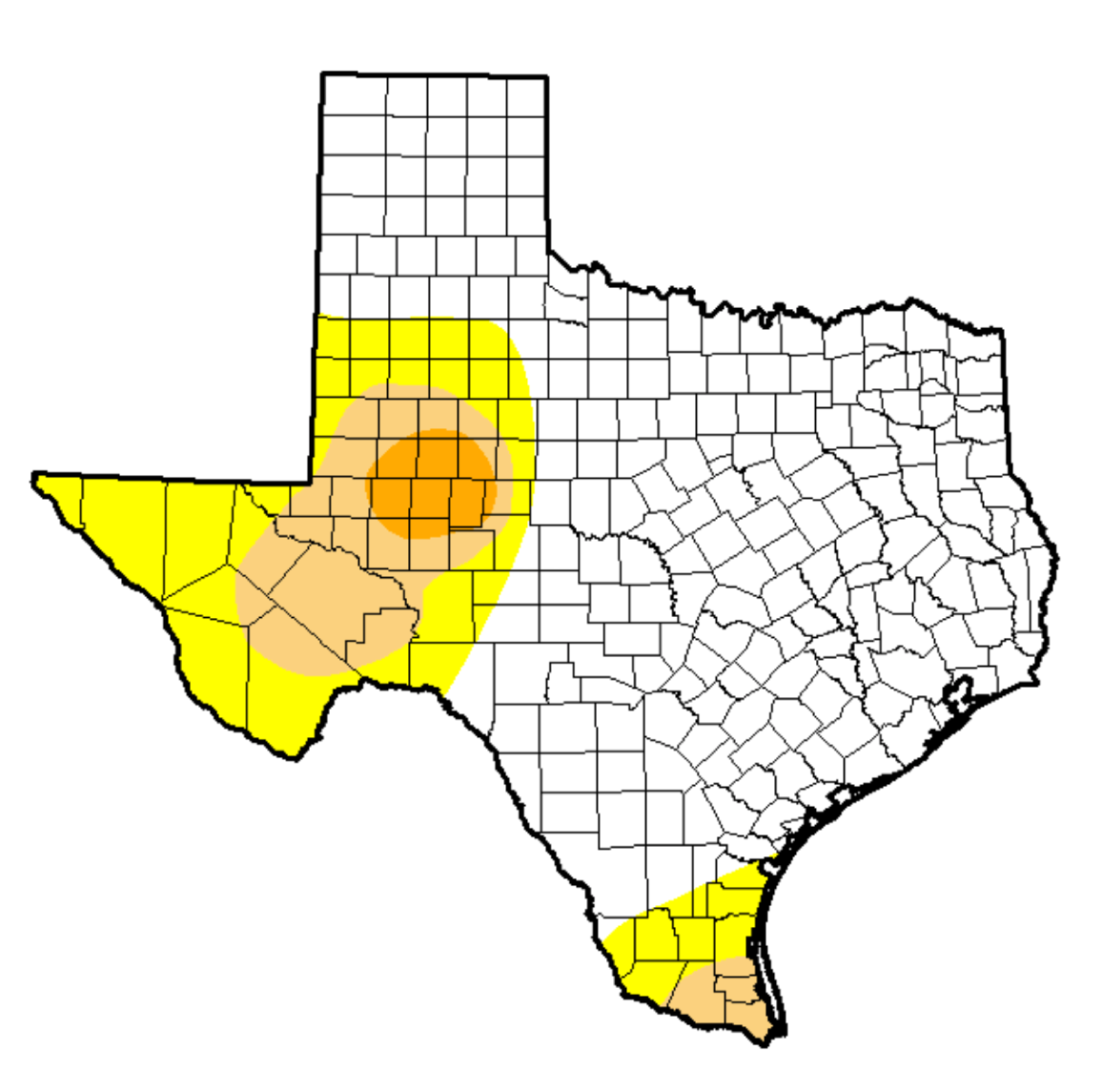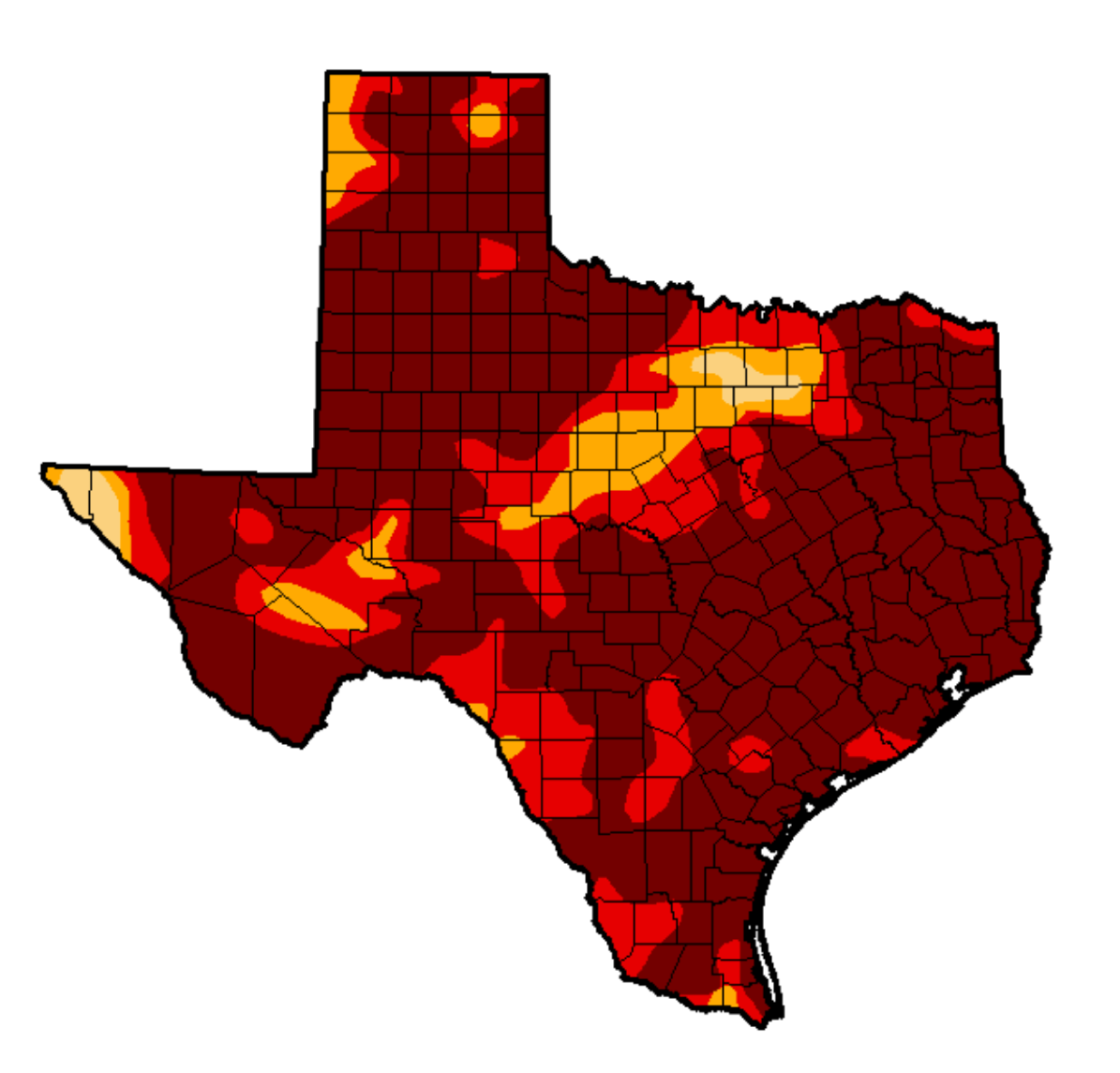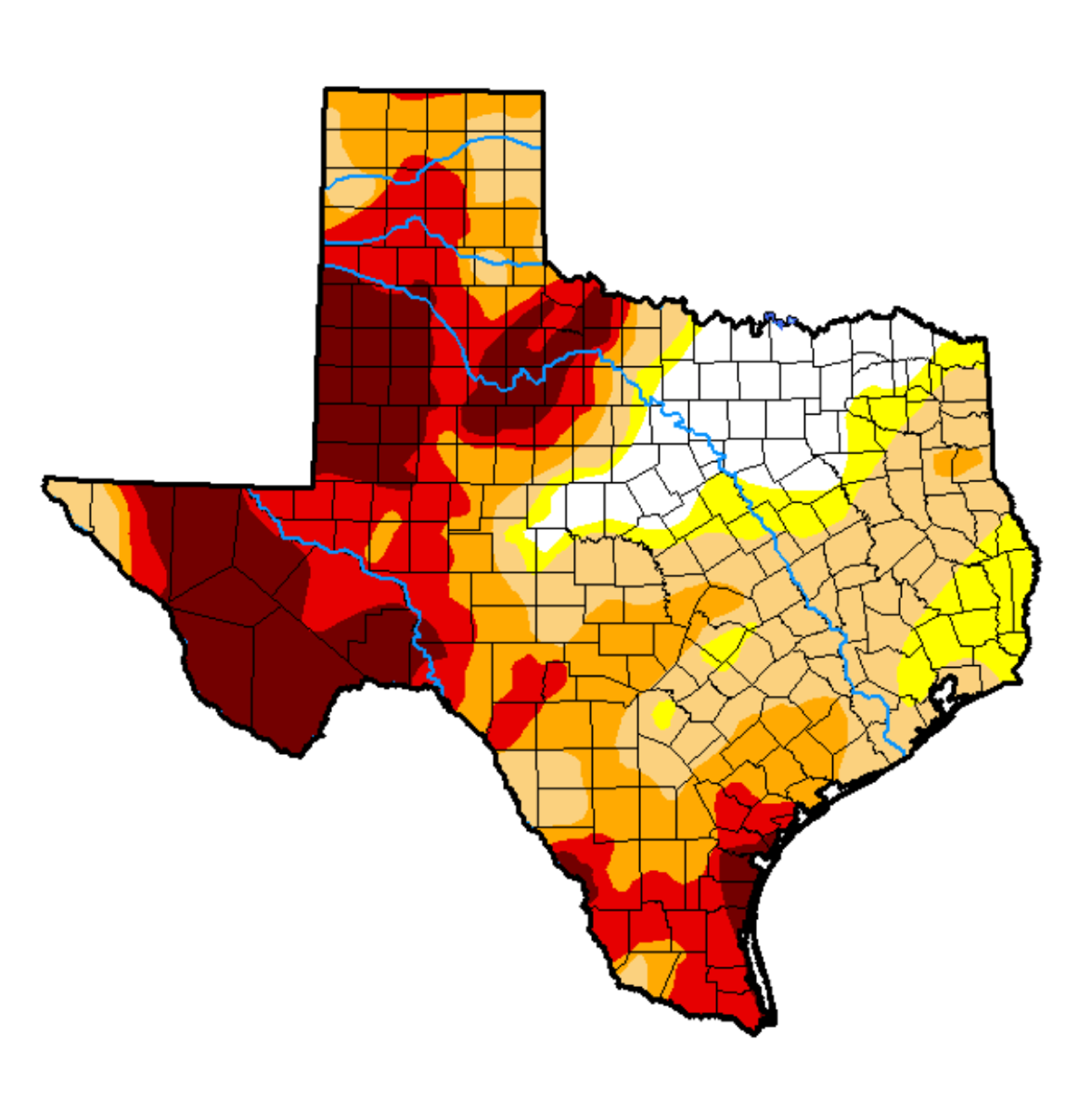Why monarchs are an enzyme – Part 3
Friday, March 6th, 2020 at 9:28 am by Chip TaylorFiled under Monarch Biology | Comments Off on Why monarchs are an enzyme – Part 3
Why monarchs are an enzyme – Part 1
Why monarchs are an enzyme – Part 2
In Part 2 of this tutorial on monarch demography, I dealt with realized fecundity and age to first reproduction with the promise that the next topic would be reproductive success. Realized fecundity, as you may recall, is the total number of offspring produced relative to the potential reproductive output. For monarchs and most insects, that means the total number of eggs laid per female lifetime. Reproductive success represents the proportion of those offspring (eggs) that hatch and mature to reach the adult stage. Some might argue that reaching the adult stage isn’t the stopping point. Rather, the end point for defining reproductive success should be the number of offspring that survive to reproduce themselves. Indeed, when it comes to monarchs, it is not enough to talk about the number of monarchs produced in the last generation, the end point for success is the number of offspring that survive the migration, the overwintering stage and the return migration to reproduce in the spring in the southern United States. So, while maximizing the number of eggs laid is an important aspect of population growth, we need to consider all the mortality that follows the egg laying process together with the condition of newly emerging adults.
Once returning monarchs reach Texas, we need to consider the conditions for monarch reproduction in the spring in terms of realized fecundity. Those conditions can be favorable or limited. Limited egg production can be sufficient to produce a large cohort of larvae and eventually adults – IF – the fire ant population is low but insufficient when fire ants are abundant. Even when realized egg laying is high, fire ants can limit reproductive success, thus curbing population growth. To understand this dynamic, we need to know what influences the size and number of fire ant colonies. It’s rainfall. Rainfall governs plant growth, the development of insects that feed on the plants and more. In other words, the abundance and diversity of prey allows fire ant colonies to grow and to produce queens that produce more colonies. Droughts, especially long droughts, reduce fire ant numbers, and cool temperatures reduce their foraging rates. Recovery from droughts requires rainfall and warm temperatures.
So, what do you suppose might happen if there was a long drought before monarchs returned to Texas in March with temperatures that were substantially below the long-term mean? My guess is that milkweeds, being perennial and deep-rooted, would emerge while other vegetation would lag with the result that milkweeds would be “apparent” to returning females allowing them to maximize the number of eggs laid. At the same time, due to lower numbers because of the drought, predation and foraging* by fire ants would be reduced, resulting in what ecologists have referred to as “ecological release.” Has this scenario ever happened? Yes, indeed. Those may well have been the conditions in 1996**, the year of the largest overwintering population in the record (18.19 hectares). There had been a lengthy drought that extended into the spring of 1996, and the mean temperatures for March of that year were -3.2°F below average. It’s easy to imagine that these conditions produced a large cohort of first-generation monarchs that moved into the Upper Midwest. That was before the widespread adoption of herbicide-tolerant crops, and milkweeds were still abundant in corn and soybean fields. That year, the fall migration was spectacular, and overwintering monarchs were reported at colony sites that hadn’t been used by monarchs in years. The net increase in the population from 1995–1996 was 5.58 hectares (12.61 to 18.19). That number prompted me to see if there were other increases as large in the record, and there is one.
From 2000 to 2001 the population increased from 2.83 to 9.35 hectares – an amazing 6.52 hectares! Hmm, what were the conditions in the spring of 2001? Get ready. There had been a severe drought in 2000 (Figure 1), which evidently had an impact on the number of monarchs reaching the overwintering sites that fall (a decline from 9.05 to 2.83).

Figure 1. U.S. Drought Monitor, TEXAS 11 October 2000.
The effects of that drought on fire ants probably carried over into the spring of 2001 (Figure 2) due to cooler than average temperatures (-1.2°F, October – February) that limited colony growth and reproduction.

Figure 2. U.S. Drought Monitor, TEXAS 20 March 2001.
Though rainfall had been well above average during that interval (15.37 inches vs 4.95 for 1996) effectively eliminating the drought, the mean March temperatures were -3.0°F below average once again. Since lower than average temperatures tend to limit most egg laying by returning monarchs to Texas, it’s probable that this egg laying also produced a large cohort of first-generation monarchs that moved north in May due to low fire ant numbers. The greater increase in 2001 vs 1996 may have been due to higher mean temperatures in May (+2.4°F vs -2.8°F) and the summer (+1.5°F vs -0.5°F) that more strongly favored population growth than in 1996. Again, in 2001, there was still an abundance of milkweeds in corn and soybean fields in the Upper Midwest. Those are the only two spring drought and low temperature scenarios in the record. This similarity is a discovery. I had never compared these years before. But there is one other drought to consider, that of 2011 (Figures 3 and 4).

Figure 3. U.S. Drought Monitor, TEXAS 18 October 2011.

Figure 4. U.S. Drought Monitor, TEXAS 20 March 2012 .
The dynamics were different in the spring of 2012. Instead of cool temperatures, the mean March temperature was +6.8°F. The vegetation had rebounded somewhat from the drought of the previous season. In 2011 there had been a seven-month drought (rainfall of 4.06 inches from February through August) – a drought of historic proportions that changed the landscape due to the death of hundreds of millions of trees. The drought ended in September and was followed by seven months during which rainfall exceeded the long-term average (20.44 inches). There were several results of this shift from drought conditions to warm and wet that pertain to monarchs and the points made earlier and in Part 2. First, the fire ants, which had declined during the drought had not yet rebounded by March of 2012. Second, the high March temperatures and favorable winds allowed the returning monarchs to expand their distribution rapidly with the result that large numbers of overwintering monarchs were recorded north of 40N in late April and early May (see Journey North first sightings for 2012). They arrived too far north too soon. For monarchs, this meant that reproduction in Texas was minimal in contrast to years with cooler temperatures, and, by distributing eggs further north into areas with cooler temperatures, it meant that age to first reproduction for the entire returning female cohort was much older than normal – a negative for population growth. Mean age to first reproduction was likely one of the factors that accounted for the decline from 2.89 hectares in 2011 to 1.19 hectares in 2012. This outcome, in contrast to that of 1996 and 2001, suggests that cooler March temperatures result in high rates of egg laying in Texas which favors population growth, especially when the fire ant population is low. So, if fire ants were down in the spring of 2012, was there evidence of “ecological release” that spring as well as in 1996 and 2001? The answer is yes.
There was a massive migration northward of other butterfly species that spring. Conditions for the development of butterfly populations were favorable yielding large numbers of dispersing butterflies which I attributed to “ecological release.” Starting with an abundance of red admirals in the first week of April, I recorded the arrival of 16 species of butterflies in eastern Kansas that originated from Texas. The numbers were like nothing I had ever seen. All species were extremely abundant relative to their usual numbers. The red admiral migration was so spectacular that it created headlines as far north as Toronto***. I prepared a slide show and gave talks about the uniqueness of this event which was likely due to low fire ant numbers, as well as those of other predators and parasites. Part of this dynamic is due to the fact that predators and parasites have lower reproductive rates than their prey or hosts.
The point of this discussion is that predation can have a major impact on reproductive success. We can add other predators, parasites (Tachinids) and pathogens (O.e., etc.) to that list, but there are other factors to consider such as density dependence (too many larvae per plant), milkweed condition, latex production that traps first instar larvae and extreme physical conditions that affect survival of immatures and even adults during the migration. Understanding the impact of each of these factors on reproductive success and how they vary regionally and from year to year, along with variation in realized fecundity and age to first reproduction, will help us understand inter-annual variation in monarch numbers.
*Fire ants appear to require surface temperatures of at least 80°F (27°C) to forage.
**Although there is no Drought Monitor map for March of 1996, that drought is well represented in the literature (see references).
***Sample headlines included the following:
“Canada’s butterfly migration is largest on record”
300 million red admiral butterflies estimated from Windsor to New Brunswick
CBC News Posted: May 16, 2012 5:12 AM ET
“Southern Ontario sees ‘irruption’ of red admiral butterflies”
Published on Saturday April 21, 2012
“Red Admiral Butterfly Invasion Update: Some Will Settle In NYC!”
The great butterfly migration: Unnoticed by most, Red Admiral silently invades N.J.
Published: Friday, May 11, 2012, 8:02 AM
“Syracuse hit by swarm of butterflies”
Published: Thursday, May 03, 2012, 9:20 PM
“Red Admiral, ‘Butterfly of Doom,’ population explodes in NY Special”
By Victoria N. Alexander May 5, 2012 in Science
(Abundant the year the Russian Tsar Alexander II was assassinated.)
“The Migration Event Of The Week Wasn’t Birds, It Was Butterflies!”
Salmon Creek Tree Swallow Project, May 5, 2012
References
Allen, C. R.; Epperson, D. M.; and Garmestani, A.S., “Red Imported Fire Ant Impacts on Wildlife: A Decade of Research” (2004). Nebraska Cooperative Fish & Wildlife Research Unit — Staff Publications. Paper 31. digitalcommons.unl.edu/ncfwrustaff/31
Brown, W. O. and R. R. Heim, Jr. Drought in the United States: 1996 Summary and Historical Perspective. 1997. digitalcommons.unl.edu/cgi/viewcontent.cgi?article=1038&context=droughtnetnews
Lu, Y., Wang, L., Zeng, L. and Y. Xu. 2012. The Effects of Temperature on the Foraging Activity of Red Imported Fire Ant Workers (Hymenoptera: Formicidae) in South China. Sociobiology 59(2):573-584.
NOAA. Update on Drought Conditions in the Southern Plains and the Southwest. 1996. www.cpc.ncep.noaa.gov/products/special_summaries/96_3/

Suitable Habitat for Imported Fire Ant Colonization Under Natural Rainfall and Irrigated Conditions. USDA APHIS.


Sorry, comments for this entry are closed at this time.